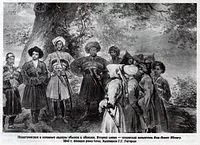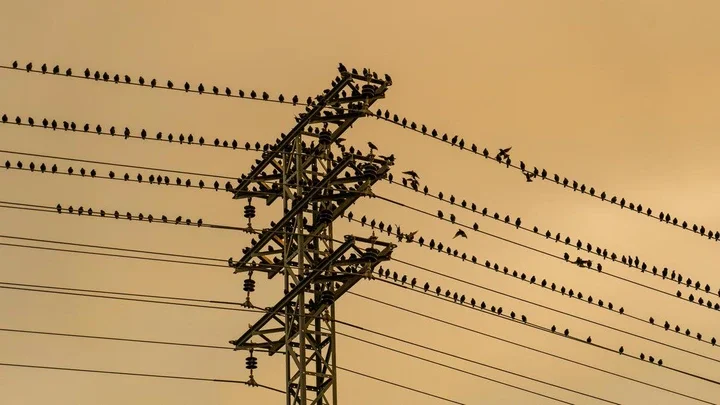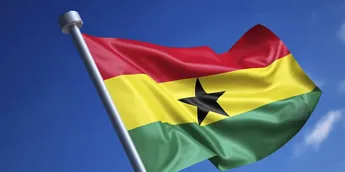Languages are not just a means of communication but also a repository of culture, history, and identity. The extinction of a language signifies the loss of unique cultural perspectives and ancient knowledge. Here are seven of the world's most endangered languages that, unfortunately, no longer exist:
1. Eyak (United States)

The Eyak language was spoken by the Eyak people of south-central Alaska. The last native speaker, Marie Smith Jones, passed away in 2008. Eyak's extinction marked the end of a unique branch of the Na-Dené language family. Efforts to revive Eyak include digital archiving and educational programs to teach the language to younger generations, though no fluent speakers remain.
2. Ubykh (Turkey)

Ubykh was a Northwest Caucasian language spoken by the Ubykh people, who resided along the eastern coast of the Black Sea. The language became extinct with the death of Tevfik Esenç in 1992, the last known fluent speaker. Ubykh was notable for its extensive consonant inventory, one of the largest in the world. Linguists have documented the language extensively, preserving its sounds and structure for future study.
3. Ainu (Japan)

The Ainu language was spoken by the indigenous Ainu people of Japan, particularly in Hokkaido. Though there are revival efforts, including language classes and cultural initiatives, Ainu is considered critically endangered. The death of the last native speaker in the early 1990s marked the language's effective extinction. The Japanese government has since recognized the Ainu as an indigenous group and supports efforts to revive the language.
4. Livonian (Latvia)

Livonian was a Finnic language spoken by the Livonian people in Latvia. The last native speaker, Grizelda Kristiņa, died in 2013. Livonian's extinction ended a linguistic tradition dating back over a thousand years. Today, efforts to revive Livonian include language courses, cultural events, and digital resources to encourage learning and use among younger generations.
5. Bo (India)

The Bo language was part of the Great Andamanese family of languages spoken by the indigenous people of the Andaman Islands in India. The language became extinct in 2010 with the death of Boa Sr., its last fluent speaker. Bo's extinction symbolizes the broader decline of Great Andamanese languages due to historical oppression and assimilation policies. Efforts to document and revive related languages continue, though Bo itself is lost.
6. Kusunda (Nepal)

Kusunda was a language isolate spoken by the Kusunda people of Nepal. The language faced near extinction with the death of Gyani Maiya Sen in 2020, who was one of the last fluent speakers. Kusunda is unique because it does not belong to any known language family. Linguists have documented the language extensively, but without native speakers, it remains effectively extinct.
7. Manx (Isle of Man)

Manx, a Celtic language from the Isle of Man, faced near extinction in the 20th century. The last native speaker, Ned Maddrell, died in 1974. However, Manx is a unique case where concerted revival efforts have brought the language back from the brink. Today, Manx is taught in schools, and a growing community of speakers use the language in daily life, demonstrating that language extinction is not always permanent.















Comments